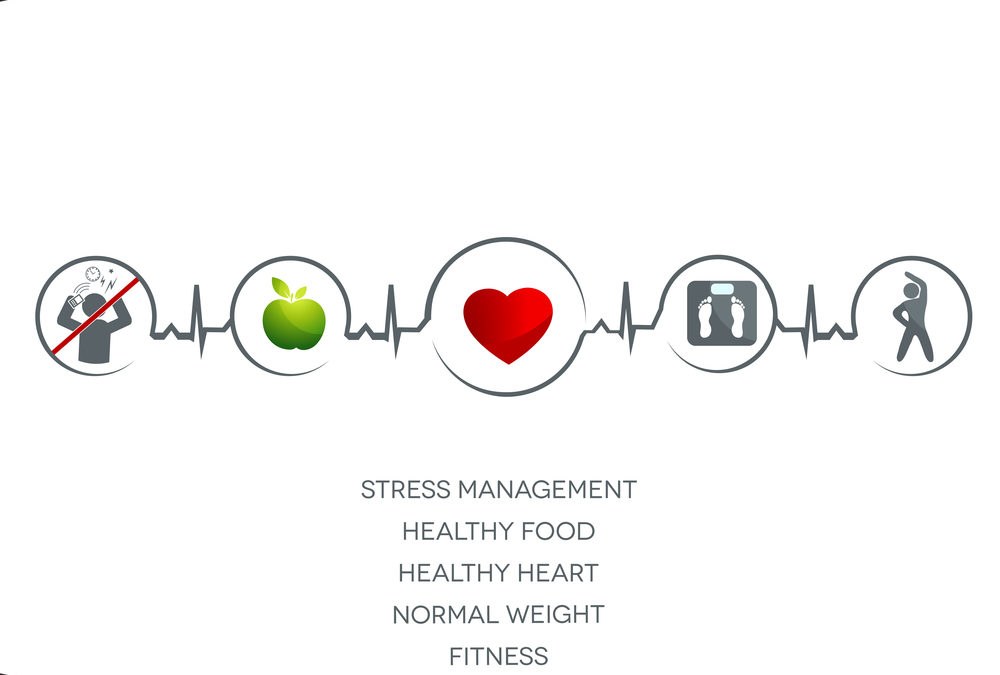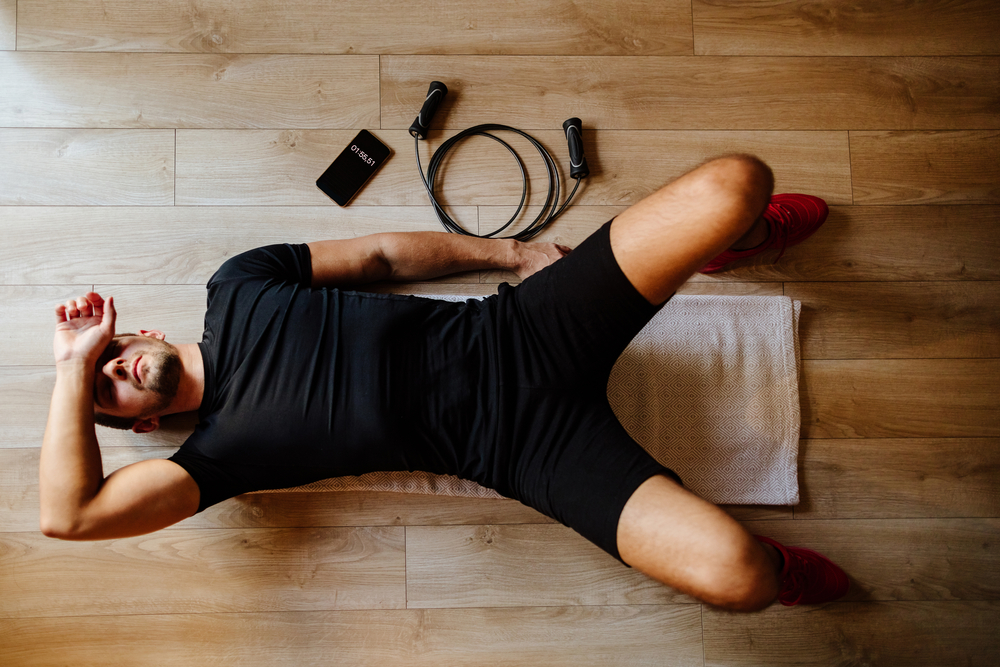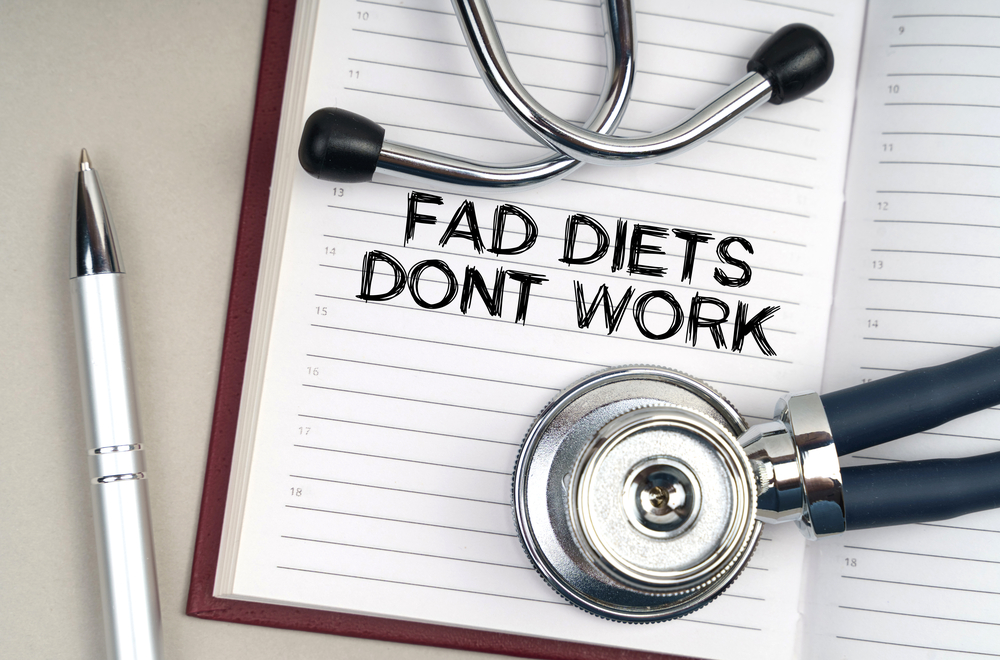
Tips for a Healthier Heart
Did you know that heart-healthy activities like exercise can cause you to live longer? Use this guide to learn tips to maintain a healthier heart.
Exercise
Tip one for a healthier heart, exercising, particularly cardio, can be a great way to get the blood pumping and exercise your heart.
There are tons of great ways to get out there and keep your heart happy, like running, biking, or swimming. Try going for a hike on the weekends to keep your heart working hard and your mind clear and relaxed.
Avoid Unhealthy Habits
Did you know that smoking can be a massive risk factor for conditions like heart disease?
Don’t let caring for your heart come second to a harmful habit. Cut down today to reap the benefits for your long-term health.
Eat Healthier Fats
There are foods you can eat that will do the heavy lifting of maintaining your heart health.
Some fats are healthy, some not so much. Unsaturated fats, and specifically omega-3, are the way to go when it comes to including heart-healthy fats in your diet.
Use this section to learn about the types of fats that can help your heart health.
Nuts and Seeds
Fight cardiovascular disease with healthy fats found in foods like nuts. Some of the most common nuts that include that heart-healthy dose of fat include:
- Almonds
- Pecans
- Walnuts
- Pistachios
- Cashews
- Other tree nuts
Seeds also contain this healthy fat, including sunflower seeds.
Avocados
Try adding a slice of this delightful food to your sandwiches, salads, and more to improve heart health.
Fish
Did you know that fish can be a massive source of omega-3 fatty acids? Use fish in your recipes as your meat source so that you can tailor meals to your heart health.
Avoid Saturated Fats
This type of fat can be found in foods like butter, milk, yogurt, and meats. Be sure to limit your intake of saturated fats as you turn your focus to increasing healthier omega-3 fatty acids.
If you’re wondering how to improve heart health, swapping saturated fats for unsaturated is a great start.
Address and Minimize Stress
Stressing out can be your ticket to the hospital if you can’t find ways to manage it. Being overwhelmed with stress can lead to heart problems if you aren’t careful about managing it.
Activities that help to reduce stress in the body, like physical activity and chiropractor services, can help.
Activities that help you clear your mind and focus on the good things, like yoga or meditation, can also be great to help maintain heart health.
Jumpstart Your Heart Health Today
Holistic, full-body health is the best way to take care of the heart. Maintaining a strategic diet, exercise, and healthy habits are the perfect stepping-off points to taking your heart health seriously.
Schedule an appointment today to get started as a new patient for chiropractor services and more. You are only a few steps away from a healthier heart.





